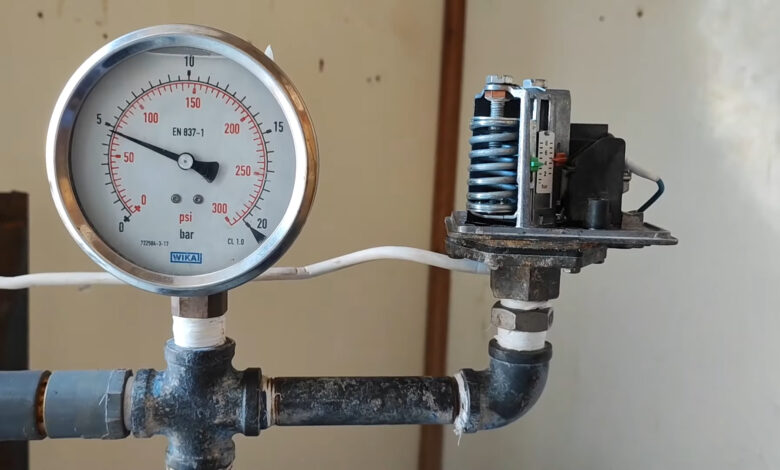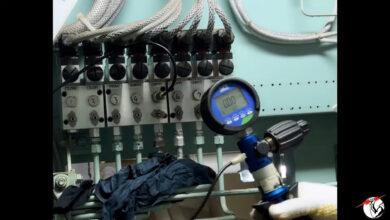Lead and Lag Pressure Switches – Because Air Compressors Don’t Run on Magic (Yet)

Lead vs. Lag Compressors: Stop Ignoring the Pressure Switch Dance
Introduction
Welcome, brave engineers! Today, we’re diving into the riveting world of Lead and Lag Pressure Switches. Yes, I know—nothing screams “fun weekend vibes” like pressure systems and compressors. But hey, unless you fancy yelling “WHY IS THERE NO AIR?!” at 3 AM in the engine room, you need to know this stuff. So buckle up, grab your imaginary hard hat, and let’s break this down.
Step 1: What’s the Deal with Lead and Lag?
Alright, so your ship has two air compressors. You’d think they’d just randomly take turns, but no—there’s a system here, people! The Lead Compressor runs first, while the Lag Compressor sits back and chills (literally). Here’s the sequence:
- Air Bottle Pressure Drops – Imagine your air bottle is happily sitting at 25 bar pressure. Suddenly, air demand increases (starting the engine, for instance), and the pressure drops to 22 bar.
- The Lead Pressure Switch Says “Hey, Do Something!” – The Lead switch senses the pressure drop and sends a signal to Compressor #1: “Wake up! We’re losing pressure!”
- Compressor #1 Starts – Like the reliable workhorse it is, Compressor #1 kicks in and starts pumping air back into the bottles.
Step 2: What Happens When the Lead Isn’t Enough?
Sometimes, Compressor #1 is working its socks off, but the pressure still drops—maybe down to 19 bar. That’s where the Lag Pressure Switch comes into play.
- Lag Switch to the Rescue – At 19 bar, the Lag switch says: “Alright, enough. Compressor #2, get up and help your lazy brother!”
- Both Compressors Run – Now, both compressors are running, refilling the air bottles faster than a coffee-fueled engineer writing his reports 5 minutes before submission.
Step 3: What About Stopping?
So, once the pressure rises back up to the magic number (around 25–26 bar):
- The Lag Compressor stops first (because it’s polite like that).
- The Lead Compressor keeps going until the system is happy.
- When the pressure finally hits 26 bar, the Lead switch says, “Mission complete, shut it down.”
And voilà! Your compressors live to see another day.
Step 4: Why Bother Switching the Lead Compressor?
Now, here’s the fun part. If Compressor #1 runs all the time while #2 gets a permanent vacation, guess what happens? Compressor #1 will hate you, and you’ll be looking at early breakdowns. So every month:
- Flip the Selector Switch so Compressor #2 becomes the Lead and #1 gets to take the backseat.
- This ensures both compressors wear evenly, and neither feels overworked (like you probably do).
Common Mistakes (A.K.A. “Don’t Be That Guy”)
- Ignoring the Selector Switch: If you don’t swap the compressors monthly, you’re just asking for one of them to quit on you.
- Messing with Pressure Switch Settings: Unless you’re a qualified magician, don’t fiddle with these. They’re set for a reason.
- Ignoring Pressure Drops: You might think “Eh, 19 bar is fine,” until you’re manually cranking the engine because the compressors refused to start.
Conclusion: You’re Basically an Air Management Genius Now
Congratulations! You now know how Lead and Lag Pressure Switches work. The next time someone asks why the compressors start, stop, or tag-team, you can casually say, “Oh, it’s just the pressure switches controlling the automation system. No big deal.”
Now go swap that selector switch like a pro, and remember: Air = Life on a Ship—so treat your compressors well. 🚢💨
P.S.: If you survived this guide and learned something, don’t forget to like, share, and subscribe—because let’s be honest, we’re all here to stop midnight engine room crises.





